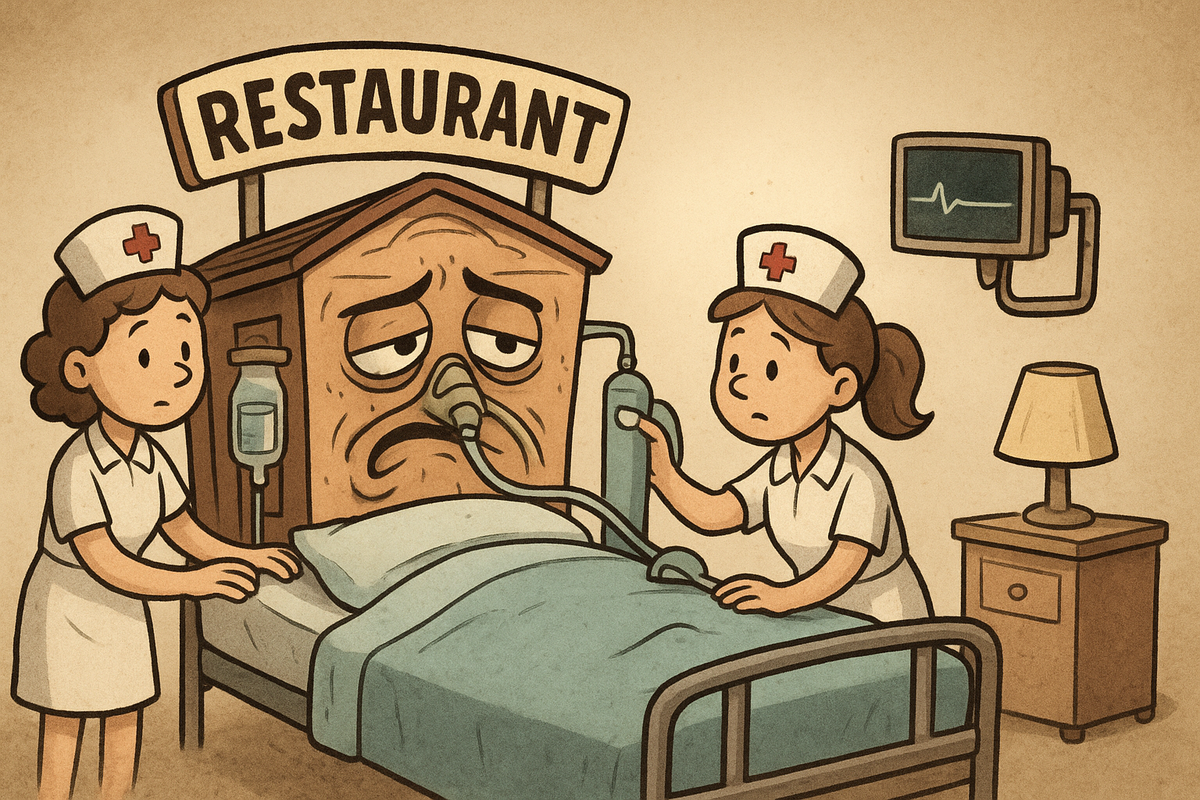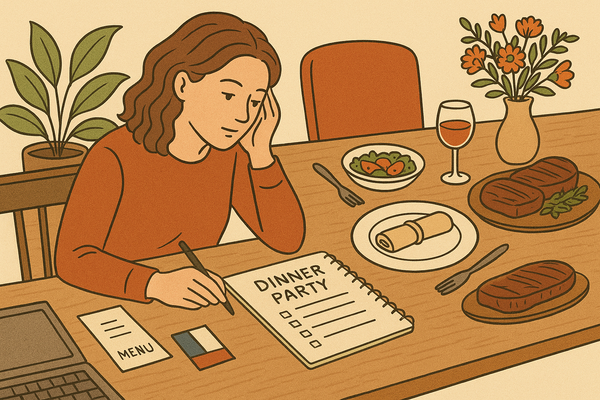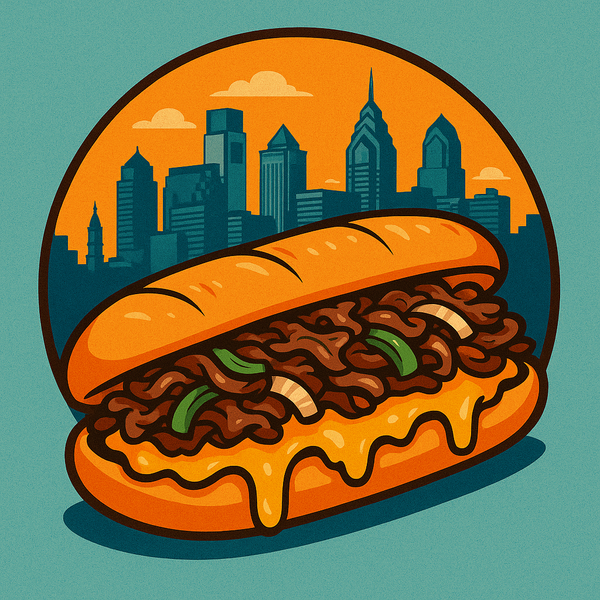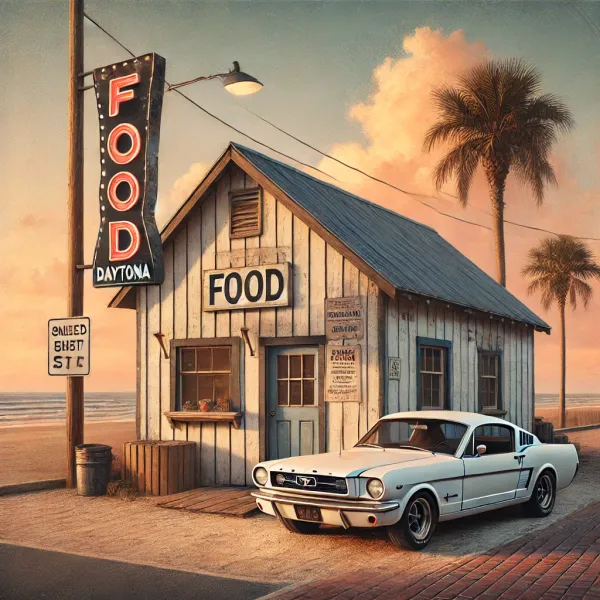The resilience of the restaurant business
No business sector had been so adversely affected by a force majeure as the global COVID pandemic of 2020-23 as restaurants.

The Rumor of My Death has Been Greatly Exaggerated
This famous quote has been around since the dying days of the 19th century and has been credited to Mark Twain among others. Its relevance can easily be applied to the restaurant business of the mid-2020s. No business sector had been so adversely affected by a force majeure as the global COVID pandemic of 2020-23 as restaurants. By undermining the restaurant business in the US and beyond, it affected the income of almost 1.5 million lower and middle class workers, throwing record numbers onto the unemployment roles. The financial impact was severe, with the National Restaurant Association estimating that the industry lost $240 billion in sales in 2020 alone. Many restaurants closed permanently, while others survived through federal assistance programs like the Paycheck Protection Program (PPP) loans and later the Restaurant Revitalization Fund.
The ancillary effect with suppliers created financial, emotional and general havoc in business America had not experienced for generations.
Pivoting
But the restaurant and hospitality industry is robust and resolute. It has to be. To adapt, restaurants quickly pivoted to delivery and takeout models, often partnering with third-party delivery services like DoorDash, Uber Eats, and GrubHub despite the high commission fees these platforms charged. Many establishments that had never offered delivery before scrambled to create takeout-friendly menus, invest in creative packaging solutions, and develop online ordering systems.
As restrictions began to ease in some areas, restaurants embraced outdoor dining with unprecedented creativity, converting parking lots, sidewalks, and streets into al fresco dining spaces. Cities across the country relaxed zoning laws and permit requirements to help restaurants expand their outdoor capacity.
Restaurant owners and managers, amid the reluctant requiems for the business they love began making predictions. The business would not only survive but rise Phoenix-like though notafter a drastic reinvention of the business they knew.
It has risen from sad and moribund to a vigorous bullish market. Why? Stubborness? Refusal to let go of something they love? Economic necessity? All of the above and more. Since the sixties, the phenomenon of restaurant as theatre has flourished. It is no longer about putting a dime in the automat and getting your creamed spinach. Sure, there still is that great place where you stand at a counter for that great hot dog. That will never go away. But to get dressed on a Friday or Saturday night and spend “good money” on a fine meal with an aperitif and wine, enjoy it and go home, is no longer enough. It felt lacking and with restaurant prices ever-escalating, more so.
Restaurant as Theatre
I’m certain that the germ of Restaurant as Theatre was planted decades ago by Mervyn LeRoy, a Hollywood impressario when he opened Tavern on the Green in Manhattan and it became a dream go-to place for a special occasion. Then came The Factory in Los Angeles in the Sixties that from the moment you stepped into that rusty creaking freight elevator to take you up to a modern dining room, you were relieved from thinking about daily woes, at least for a few hours.
Today you need only go to Balthazar in Lower Manhattan to see restaurant as Theatre at its most majestic. But I suspect that beside the “bells and whistles”, that the people who populate this peculiar industry are really the ones. They are unique and resolute and unlike you and me, are happy to see a stranger smile because of something they did for them.
No business sector is more deserving of the epithet, “The Rumor of my Death has been Greatly Exaggerated“ than the restaurant and hospitality industry. No, it will take more than a global pandemic to kill this industry. The changes, born out of necessity, have had lasting effects on the industry, with many of the operational shifts and technological innovations becoming permanent fixtures in how restaurants operate today.
We don’t need “no stinking pandemic“ to intimidate an industry with such a storied past and, many are certain, a great future.





